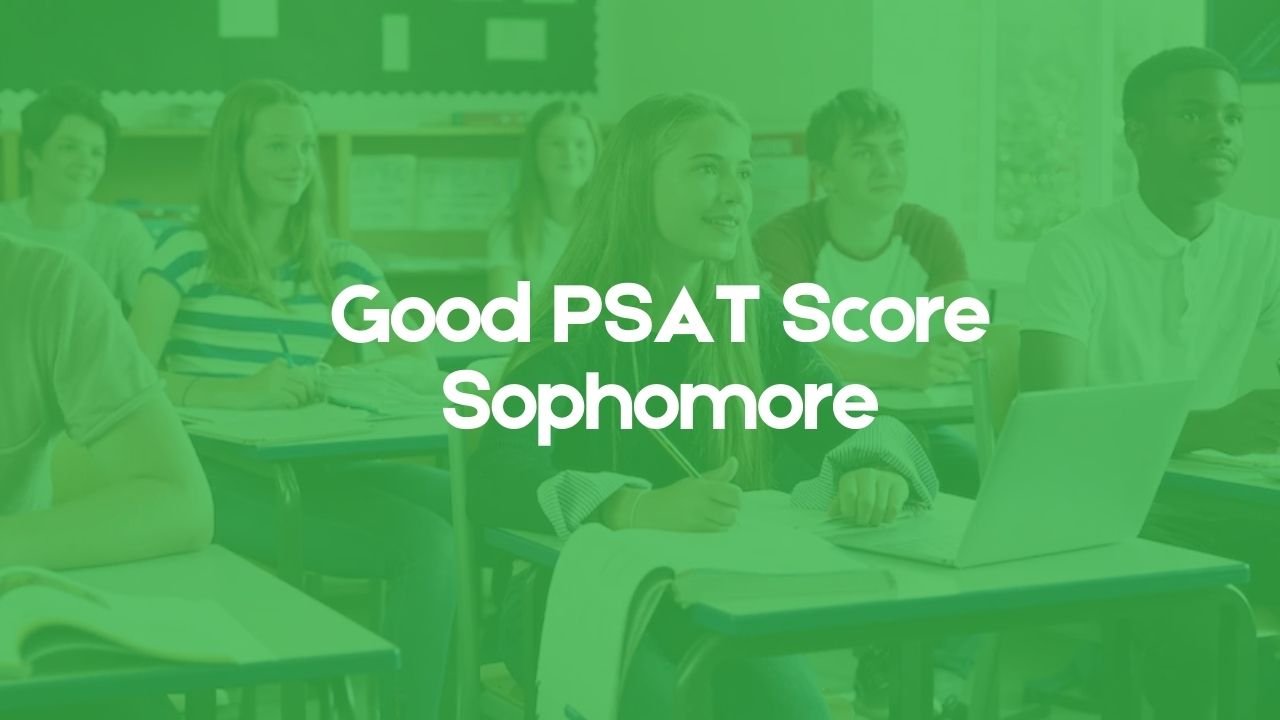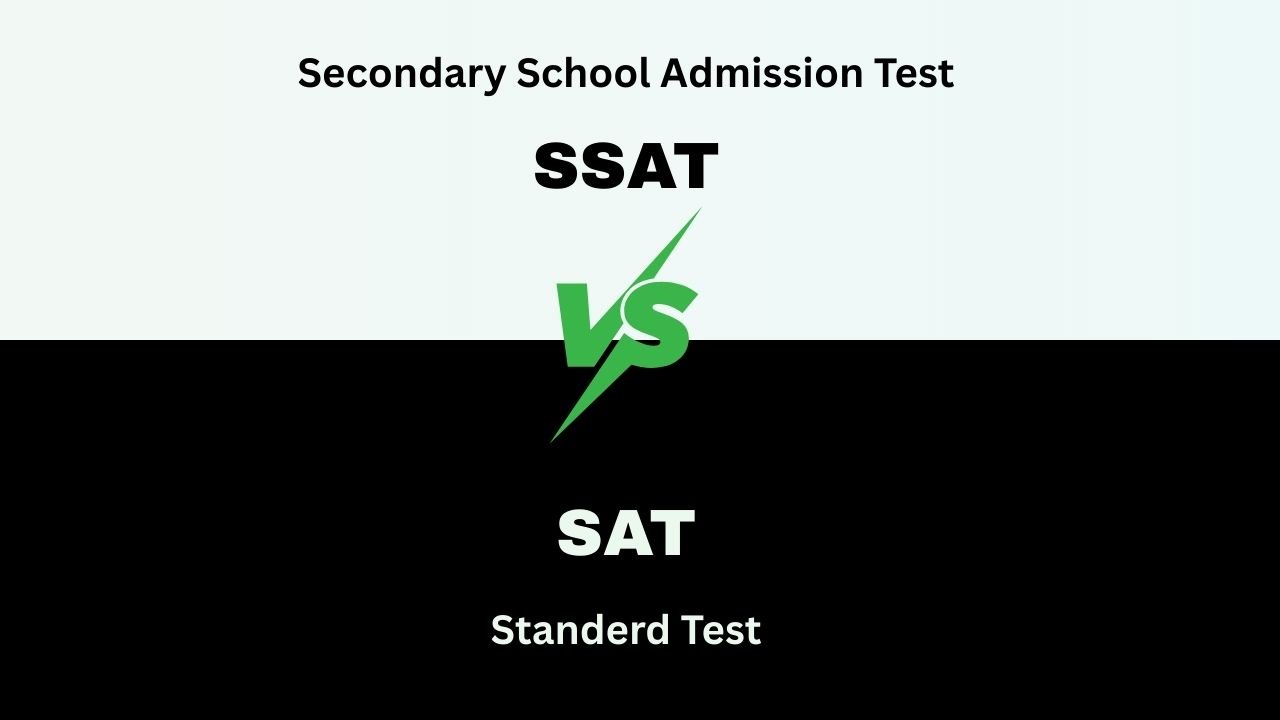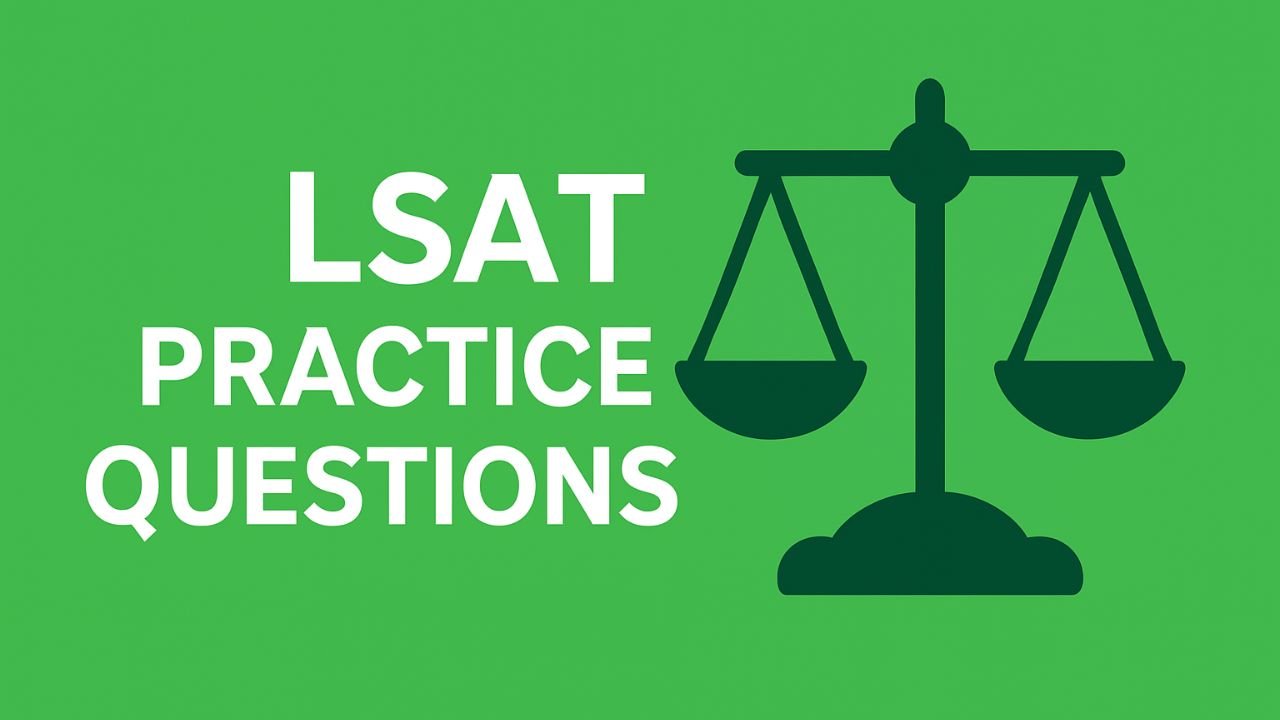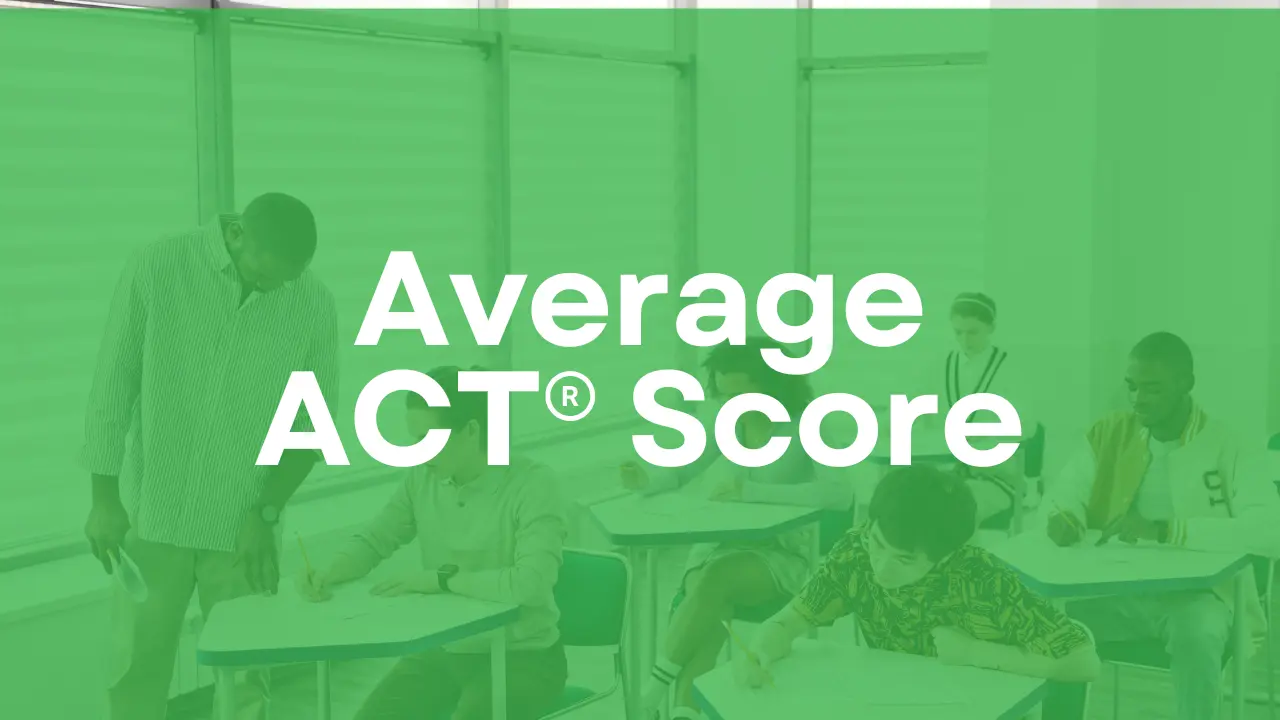If you’re in your sophomore year, you must have started thinking about ways to get to college. One common step in this journey is taking standardised tests, such as the SAT or ACT. PSAT (Preliminary SAT) is the first standardised examination experienced by most sophomores and juniors. Students can take part in it to prepare for the SAT, which affects their college admissions.
This test checks your mathematical, reading, and writing skills in PSAT 10 (10th grade) before junior year. You can use your good PSAT score to evaluate your strengths and weaknesses, and prepare for the SAT more thoughtfully. Now we will discuss the good PSAT score rating for high school students.
What PSAT score is considered good for a sophomore?
Generally, a good PSAT score ranges between 1030 and 1210. It places you in the top 25% and 75th-90th percentile. Below is the average score for a 10th grader.
A great PSAT score is when you score in the 90th percentile for a top 10% position. You need a total score on the PSAT between 1210 and 1270+ for that. An excellent score in the top 1% of the test takers is between 1430 and 1520. The actual good grades depend upon your academic goals and your desired college. Below is a compact table containing the PSAT score you need to hit for good, great, and exceptional performance criteria:
PSAT 10 Score Ranges and Percentiles
| Label | Composite Score (Approx.) | Approx. Percentile (10th Grade) |
|---|---|---|
| Excellent score / Top 1% | 1430–1520 | 99th |
| Great score / Top 10% | 1210–1270 | 90th |
| Good score / Top 25% | 1030–1210 | 75th–90th |
| Average / Median | ~890–1030 | 50th–75th |
| Below average | <890 | <50th |
How is the PSAT 10 Test Scored?
The following are the components affecting the PSAT score report:
PSAT 10 Test Scoring Components
| Component | What it is | Score Range |
|---|---|---|
| Reading and Writing Score (combined) | Scaled section score for evidence-based reading and writing | 160–760 |
| Math Score | Scaled section score (covers calculator and non-calculator math) | 160–760 |
| Total / Composite | Sum of the two section scores | 320–1520 |
To aim accurately, you must understand how the PSAT is scored. The average PSAT score ranges from 320 to 1520. Its two sections are maths and evidence-based reading and writing (EBRW), with a scaled score of 160 to 720 each. The sum of these two scaled scores for each section makes the total PSAT score.
Another factor that affects good PSAT scores for sophomores is percentile. A percentile is the comparison of your section-based and total score with the results of other sophomores who took the PSAT test. It ranges from 1 to 99, with the numbers indicating the percentage of test takers with a lower score.
What are PSAT Percentiles?
You need to understand the percentile to analyse how we assessed the good PSAT score. This will also help you check scores on your own. A percentile is a comparison of your PSAT score with the results of other students. For example, if you’re at the 75th percentile in sophomore year PSAT with a total score of 1060, this indicates that you’ve got a higher score, which is better than 75% of the students.
Your PSAT score report will include two composite score percentiles on your score report. Those are nationally representative percentiles and user group percentiles. However, our main focus will be on the user group percentiles, which compare your score with other test takers.
You must keep in mind that the percentiles can change for every year’s test. It depends upon the performance of the other test takers. Below is the latest chart containing user group percentiles of both sections for the sophomore year. This chart is from the College Board, which administers the PSAT and SAT. You can use this chart to analyse a good PSAT score for you.
PSAT Section Scores and Percentiles
| Section Score | Evidence-Based Reading and Writing | Math |
|---|---|---|
| 760 | 99+ | 99+ |
| 750 | 99+ | 99+ |
| 740 | 99+ | 99 |
| 730 | 99+ | 99 |
| 720 | 99 | 99 |
| 710 | 99 | 99 |
| 700 | 99 | 99 |
| 690 | 98 | 98 |
| 680 | 98 | 98 |
| 670 | 97 | 98 |
| 660 | 96 | 98 |
| 650 | 95 | 97 |
| 640 | 94 | 97 |
| 630 | 93 | 96 |
| 620 | 92 | 95 |
| 610 | 90 | 95 |
| 600 | 89 | 94 |
| 590 | 87 | 92 |
| 580 | 85 | 91 |
| 570 | 83 | 90 |
| 560 | 81 | 88 |
| 550 | 79 | 86 |
| 540 | 76 | 84 |
| 530 | 74 | 81 |
| 520 | 71 | 79 |
| 510 | 68 | 76 |
| 500 | 65 | 73 |
| 490 | 62 | 70 |
| 480 | 59 | 67 |
| 470 | 56 | 63 |
| 460 | 53 | 59 |
| 450 | 49 | 55 |
| 440 | 46 | 51 |
| 430 | 43 | 46 |
| 420 | 39 | 42 |
| 410 | 36 | 37 |
| 400 | 32 | 32 |
| 390 | 29 | 26 |
| 380 | 25 | 22 |
| 370 | 22 | 19 |
| 360 | 19 | 15 |
| 350 | 15 | 12 |
| 340 | 13 | 10 |
| 330 | 10 | 8 |
| 320 | 8 | 6 |
| 310 | 6 | 5 |
| 300 | 5 | 4 |
| 290 | 4 | 4 |
| 280 | 3 | 3 |
| 270 | 3 | 3 |
| 260 | 3 | 2 |
| 250 | 2 | 2 |
| 240 | 2 | 2 |
| 230 | 2 | 2 |
| 220 | 2 | 2 |
| 210 | 2 | 2 |
| 200 | 2 | 1 |
| 190 | 2 | 1 |
| 180 | 1 | 1 |
| 170 | 1 | 1 |
| 160 | 1 | 1 |
What is the importance of the PSAT Score For Sophomores?
While a good PSAT score doesn’t directly affect your college admissions, it still holds importance for sophomore students. It allows you to test your academic performance and estimate your strengths and weaknesses for the SAT. If you performed well on the PSAT, you can get a high score on the SAT as well. Taking part in the PSAT as a sophomore can help identify the areas where you need to improve. This also allows you to find out if you need tutoring or a test preparation program such as IVY test-prep.
Moreover, a good PSAT/NMSQT score in the junior year can qualify students for the National Merit Scholarship. High school juniors whose selection Index score meets their state’s cutoff score for the National Merit Scholarship Qualifying Test (NMSQT) become semifinalists. This can open the doorway for them to many scholarships and boost their college admissions.
How Can You Prepare For The test?
While it is a practice test for the SAT, you still need preparation to get a good PSAT score as a sophomore. This will make it easier for you to get a higher SAT score during junior or senior year. This increases the chances of you getting finalised for the scholarship in PSAT 11/NMSQT. The following are the tips you must keep in mind to score better:
Set An Aim
Set your targeted score as an aim to achieve for the test. Make sure that your preparation aligns with your score goals to ensure that you score higher.
Check Practice Tests
The test’s patterns are the same for PSAT and SAT. Official practice tests can help you understand the test format and the type of questions asked in both sections. This will also highlight your weaknesses to target.
Practice On Time Management
The PSAT test has a limited time for completion. Dedicate a time period for each section and work on your weaknesses to complete the test within the time.
Get Professional Help
If you’re feeling overwhelmed by your weaknesses, try consulting a professional tutor to ensure a good PSAT score. You can also take part in a test preparation course from a reputable institute like IVY learning.
Common FAQs Asked By Sophomores
Below are the answers to your common concerns about the PSAT test.
What is a top 1% PSAT score?
For sophomores, 1420–1520 is in the top 1%. For juniors, 1490–1520 is in the top 1%. A perfect PSAT score is 1520.
Does a sophomore PSAT score count for National Merit?
No. Only junior year PSAT or NMSQT scores count for National Merit, unless 10th graders are graduating a year early.
Should a sophomore retake the PSAT?
Yes, but in junior year. The test in sophomore year is for practice; juniors’ PSAT/NMSQT scores matter for National Merit and scholarships.
How many times can you take the PSAT for National Merit?
You can only take the test once per school year.
What’s the difference between PSAT and PSAT/NMSQT?
PSAT 10 is for sophomores to practice. In comparison, the NMSQT or PSAT during the fall is for juniors and determines National Merit eligibility.
Your success story begins with us!
We are here for you! Schedule a call with our consultant for personalized advice on achieving your learning goals









